Liability insurance is a crucial aspect of any business, providing protection against potential lawsuits and claims. It is designed to cover the costs of legal defense and damages in the event that your business is held liable for injuries, property damage, or other liabilities.
Understanding the factors that affect liability insurance costs is essential for business owners to make informed decisions regarding coverage. In this blog post, we will explore the different types of liability insurance, discuss the factors that influence insurance costs, and provide an overview of financial solutions from leading companies like Chase and Bank of America.
Types of Liability Insurance
There are several types of liability insurance, each tailored to cover specific risks that businesses may face:
- General Liability Insurance: This type of insurance provides coverage for claims related to bodily injury, property damage, and personal injury, such as defamation or violation of privacy. It is essential for businesses that interact with customers, have physical locations, or provide professional services.
- Product Liability Insurance: If your business manufactures or sells products, product liability insurance is crucial. It protects against claims arising from injuries or damages caused by defective products. This type of insurance is particularly important for businesses in the manufacturing, distribution, and retail industries.
- Professional Liability Insurance: Also known as errors and omissions insurance, professional liability insurance protects businesses that provide professional services or advice. It covers claims of negligence, errors, or omissions that may result in financial losses for clients. This type of insurance is commonly used by professionals such as doctors, lawyers, consultants, and architects.
Factors Affecting Liability Insurance Costs
The cost of liability insurance can vary significantly depending on several factors:
- Business Industry: Different industries present varying levels of risk, which affects insurance costs. For example, a construction company may face higher liability insurance premiums due to the higher risk of accidents or property damage compared to a consulting firm.
- Business Size: The size of a business, including its annual revenue and number of employees, can influence liability insurance costs. Larger businesses typically have higher coverage limits and face more potential liabilities, leading to higher premiums.
- Location: The geographical location of a business can impact liability insurance costs. Factors such as local laws, court systems, and regional risks can influence the likelihood and severity of claims. For example, businesses in areas prone to natural disasters may face higher insurance premiums.
- Coverage Limits: The amount of coverage you choose for your business also affects insurance costs. Higher coverage limits provide greater protection but come with higher premiums. It is essential to assess your business’s specific risks and determine an appropriate coverage limit to balance protection and cost.
Solutions from Financial Companies
Many financial companies offer solutions to help businesses manage their liability insurance costs. Here, we will provide an overview of financial solutions from Chase and Bank of America:
- Overview of Financial Solutions from Chase: Chase offers a range of financial solutions for businesses, including liability insurance coverage options. They provide tailored insurance plans to meet the specific needs of different industries and business sizes. Chase also offers risk management services to help businesses identify and mitigate potential liabilities, reducing the overall cost of insurance.
- Advantages of Financial Solutions from Bank of America: Bank of America offers comprehensive financial solutions for businesses, including liability insurance options. They work with leading insurance providers to offer competitive rates and customizable coverage options. Bank of America also provides risk assessment and management tools to help businesses make informed decisions regarding their insurance needs.
Conclusion
Liability insurance is a crucial aspect of protecting your business from potential lawsuits and claims. Understanding the factors that influence insurance costs is essential for business owners to make informed decisions regarding coverage. By considering factors such as business industry, size, location, and coverage limits, businesses can effectively manage their liability insurance costs.
Additionally, financial solutions from companies like Chase and Bank of America provide options for businesses to find the right coverage at competitive rates. Remember to thoroughly research and compare insurance providers to ensure you get the best coverage for your business’s specific needs.







